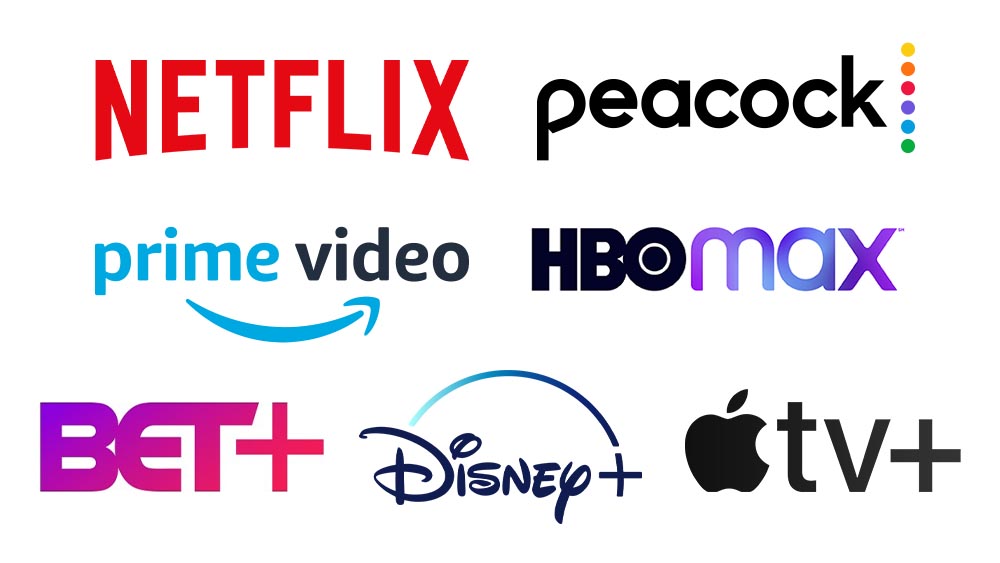As much as I’d love to talk about the classic kid’s game of hot and cold as you get closer to something. Or to distinguish what hot and cold drinks I like more, or what a hot and cold house temperature is. Today I want to talk a bit about Marshall Mcluhan’s theory of hot and cold in terms of media.
To Mcluhan, hot media meant that you could be passive when engaging with it. Mcluhan was discussing media around the 60s, so to him radio was “hot” because it meant it could act as background noise. On the opposite scale, cold media was something a listener or audience really had to engage with and participate in. Cold media demanded your attention a lot more than hot media did.
Marshall Mcluhan says that TV is cold because it requires more participation from the audience. In today’s world, I think Mcluhan would find that this has clearly switched. I think this switch had to occur when streaming services became a thing, and also when the quality in tv shows increased.
In the 60s, TV was very low definition, and films/movies were in higher quality, which is why Mcluhan labeled films as hot. In today’s TV realm, so many episodes look like movies. Some even practically are movies with their duration! Think of Downton Abbey, or Bridgerton (which is popular on Netflix currently). Both of these shows have about hour long episodes, and are very cinematic in the way each shot is captured, and the details in sets and costumes.

We also no longer have to wait for a TV show to air live, which I think is another interactive quality of TV shows in the 60s. In today’s world, we have the ability to watch an episode over and over again, thanks to all the various streaming services, and shows will come out with a full season at once. Because of this, we are able to engage with TV shows in a very passive manner. There are so many times where I have watched TV while doing other things because I don’t have to be looking at the show the entire time. It really sometimes is just background noise, which is how Mcluhan referenced film.
Mcluhan brought about really great theories when it comes to how we think about media, and how media helps deliver these messages we are trying to convey. As a designer, it’s something I want to think about more as I journey into the workplace environment. However, I would argue that we are all analyzing media, to some extent, like Mcluhan did, in our everyday lives. Perhaps this is just the designer in me, but I think about the tone a lot with social media. People engage with text a lot differently than they do with video, which changes the way I spread information. The hot and cold theory is an interesting way to frame how we’re engaging with media, and it should still be talked about today.
